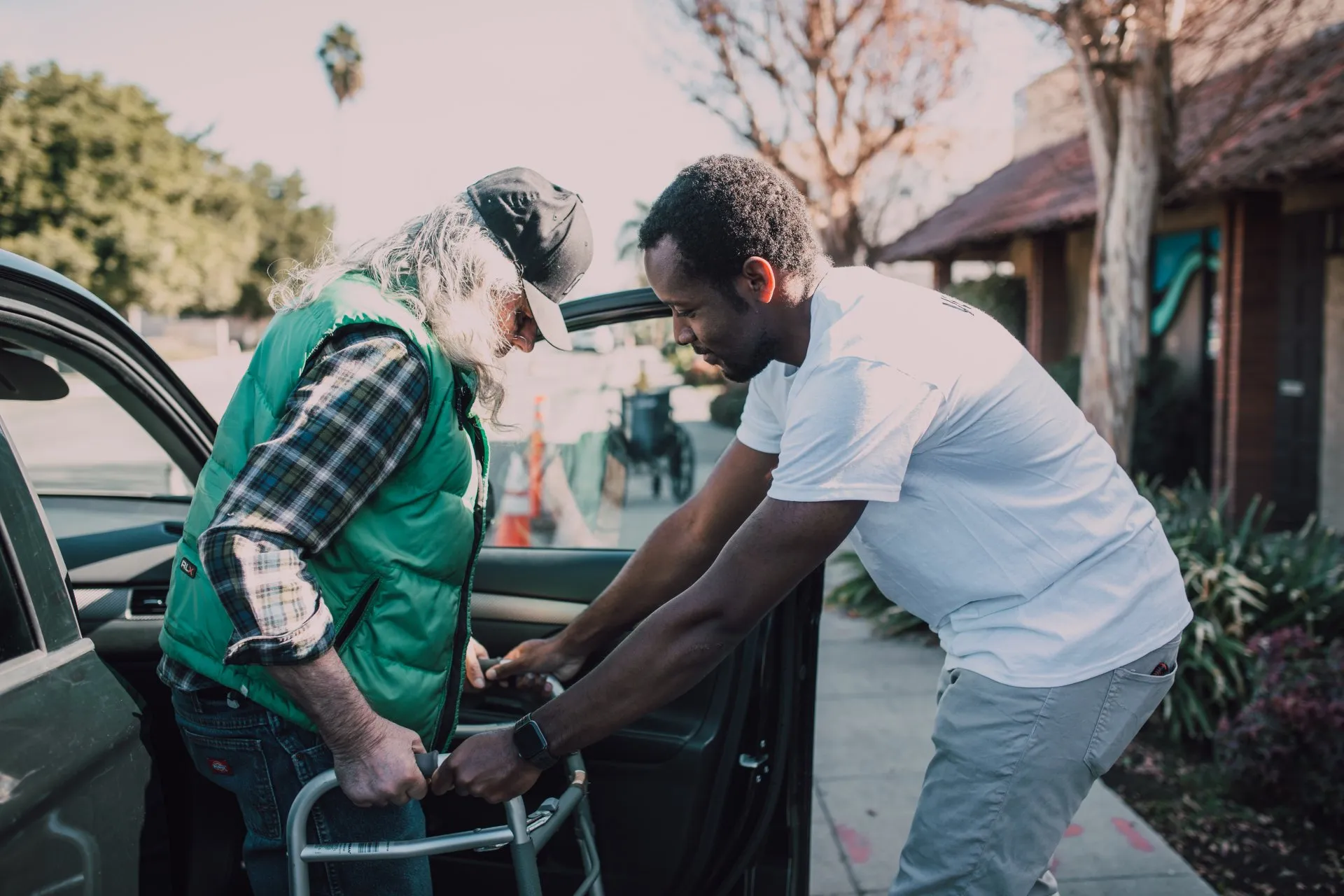Why Osteoporosis Can Be Dangerous for Older Adults
19 September 2022
Assisted Living Memory Care Carrollton GA
Whether you are an assisted living resident, a member of a memory care facility or one of the many providing care of a senior loved one within your own home, continuing public education on senior health care issues is a must. One of those topics is Osteoporosis.
What is Osteoporosis?
Osteoporosis is a disease that can stop seniors in their tracks if they fracture a bone after falling. There have been some extreme cases where seniors have broken their bones by sneezing or bumping into furniture. Until recently, Osteoporosis, a condition in which the bones become brittle and fragile from loss of tissue, was considered an inevitable part of the aging process. Thankfully, there are now some innovative therapies, some of which may further increase bone mass, thereby cutting down the fracture risk in older adults. Current medications for Osteoporosis either slow the loss of bone breakdown or increase the rate of new bone formation. But these treatments can have serious side effects, so it is worth putting effort into prevention of the disease.
Who is at risk?
More than 53 million Americans over age 50 in the United States have been diagnosed with Osteoporosis or have low bone mass. It is often called the “silent disease” because some people do not know they have it until they break a bone. Even those who have not suffered a fracture may live in constant fear of breaking a bone because the consequences can be life altering. In fact, half the patients who fracture their hip do not fully recover their independence.
Osteoporosis hits women harder than men. For women, the risk of breaking a hip due to Osteoporosis is equal to their risk of breast cancer, uterine cancer and ovarian cancer combined. Women are in greater danger because they generally have a smaller bone mass than men and women with small frames are particularly at risk, as are older women given that bone loss occurs rapidly during menopause.
Older men too have a greater chance of developing osteoporosis than younger ones. In addition to age and sex, race plays a role, with Caucasians, Asians and Latinos more at risk than other racial groups. Those with a family history of Osteoporosis stand a greater likelihood of developing this disease. Those who have been taking steroid medication for a long time are at risk of developing rapid and severe bone loss.
Lifestyle can also make a difference. For instance, those who do not consume enough calcium through food or supplements increase their chance of developing Osteoporosis. Inactivity can also increase the likelihood of developing this condition, as bones build up in response to weight bearing and strength training exercises. Smoking and drinking more than one alcoholic drink per day for women or two for men can also increase the chances.
How to help prevent Osteoporosis
The best course of action is to take action to help prevent the disease from developing rather than waiting to treat it. Learn how you can prevent falls. If you are a woman over 65 or a man over 70, ask your doctor for a bone density test. Make sure to eat healthy and get enough calcium in your diet. Upping your physical activity can also help guard against Osteoporosis. While some genetic factors are not in your control, better lifestyle choices may help.

